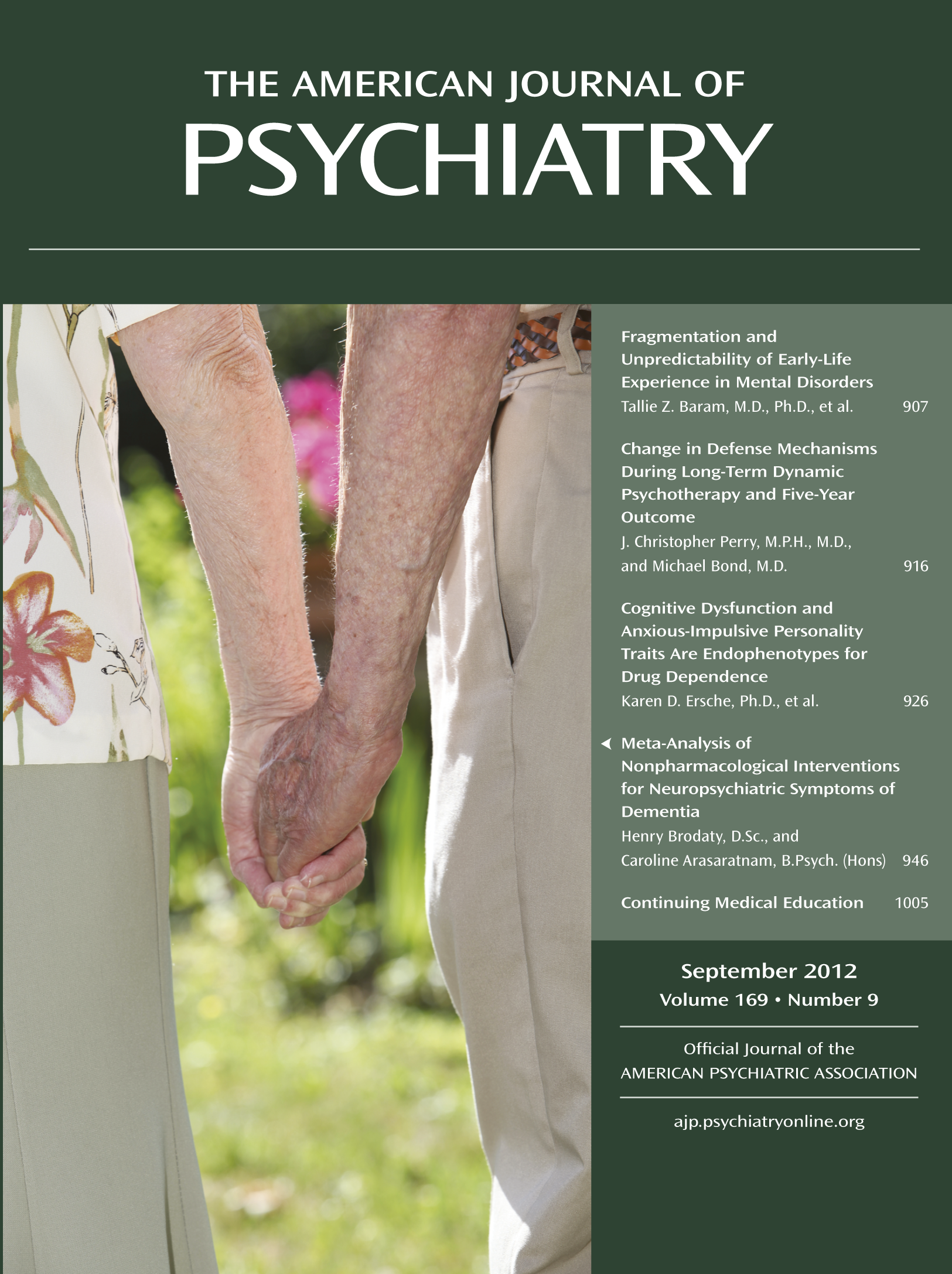This pair of splendid books traces the effect of early-life exposures and genetics to the risk for later psychiatric disease. Both books convey the excitement of scientists who have found a bridge between many seemingly disparate risk factors to a parsimonious model for the origins of mental illness. Alan Brown, a tenacious epidemiological psychiatrist, and Paul Patterson, a benchtop developmental neurobiologist, clearly inspired each other’s scientific pursuits, and now they will inspire many readers with these two fine books. Brown and Patterson jointly edited The Origins of Schizophrenia, a compilation of excellent, independent chapters. Although somewhat technical for the average reader, it will be a treat for any past, current, or future scholar of schizophrenia or anyone interested in the early determinants of brain functioning.
Patterson’s book, Infectious Behavior: Brain-Immune Connections in Autism, Schizophrenia, and Depression, will delight this audience as well. It pulls the reader through the rich and largely forgotten history linking infection and insanity, right up to emerging science on the overlap between the brain and the immune system. Patterson's book is so clear and compelling that it will appeal to clinicians awaiting novel disease models with new opportunities for prevention and cure, family members endlessly pondering the source of their loved one’s ailment, and any reader who enjoys medical detective stories.
I admit to being in all of these camps, and I must also disclose that I wrote a chapter for The Origins of Schizophrenia. Despite my (minimal?) personal involvement, both books captured me. I appreciated the summaries of progress in so many key areas and reading how many discoveries can be synthesized. Along the way, I learned a great deal of science and history and fell in love yet again with the quest to find the origins of schizophrenia.
The Origins of Schizophrenia begins with chapters about clinical and epidemiological research on prenatal infection, nutrition, stress, advanced paternal age, and cannabis use, which are then followed by superb chapters on genome-wide association studies, copy number variation, and the epigenetics of schizophrenia. The chapter authors are persuasive in detailing the power of the science of epigenetics to possibly explain the effect of life-course and intergenerational environmental exposures on gene expression, the mechanisms are at the interface between genes and environments. Wider knowledge about epigenetics in psychiatry may help settle the eternal debate about the relative power of nature versus nurture to explain human behavior. As told, we may just be seeing the tip of the iceberg in our knowledge about the origins and inheritance of epigenetic states.
The second half of the book chronicles the converging benchtop discoveries and animal models that link these putative risk pathways to the disease. There is some necessary redundancy over the entire volume, but it is a worthwhile price for the comprehensive excellence of the individual chapters. The book is intended for a scientific audience and therefore might be too “biological” for readers who seek an update on the psychosocial notions of the origins of schizophrenia that previously predominated the field. However, The Origins of Schizophrenia is right on point for the hot topics concerning molecular pathogenesis; indeed, these chapters will be valuable for the study of prenatal determinants in a host of conditions and for introducing a multidisciplinary approach used in the new field of translational epidemiology.
Patterson’s book, Infectious Behavior, is a lucid synthesis of historical and current thinking about “infectious” routes to mental illness. The central theme is the relationship between the brain and the immune system. Both systems recognize “self and other,” but the interconnectedness of immunity and neural function are surprisingly rich. It is now beyond doubt that the immune system and brain evolved together and that their crosstalk is essential to mental and physical health. Information to the fetus about stress, infection, nutrition, and the medical health of the mother begins in the womb through maternal-fetal interactions, and it is then carried on in the brain and the immune system of the offspring throughout his or her life. Patterson’s research and theories on the matter are elucidating, although perhaps a little more on the complexity and resilience of the affected offspring would have enhanced the book. For example, why do 93%–98% of those with prenatal infection escape mental illness?
I recall a medical student’s question from 20 years ago with the flashbulb clarity that is reserved for a transformational moment. She asked, “How can so many different prenatal exposures all be related to one disease?” I explained to the class (and to myself) that many of the factors would likely work through some final common pathway, as yet unknown, and “the disease” was actually a collection of different disorders. The illumination to the first part of my reply is finally crystallizing, and Brown and Patterson have done an excellent job of delivering the science and the excitement.

